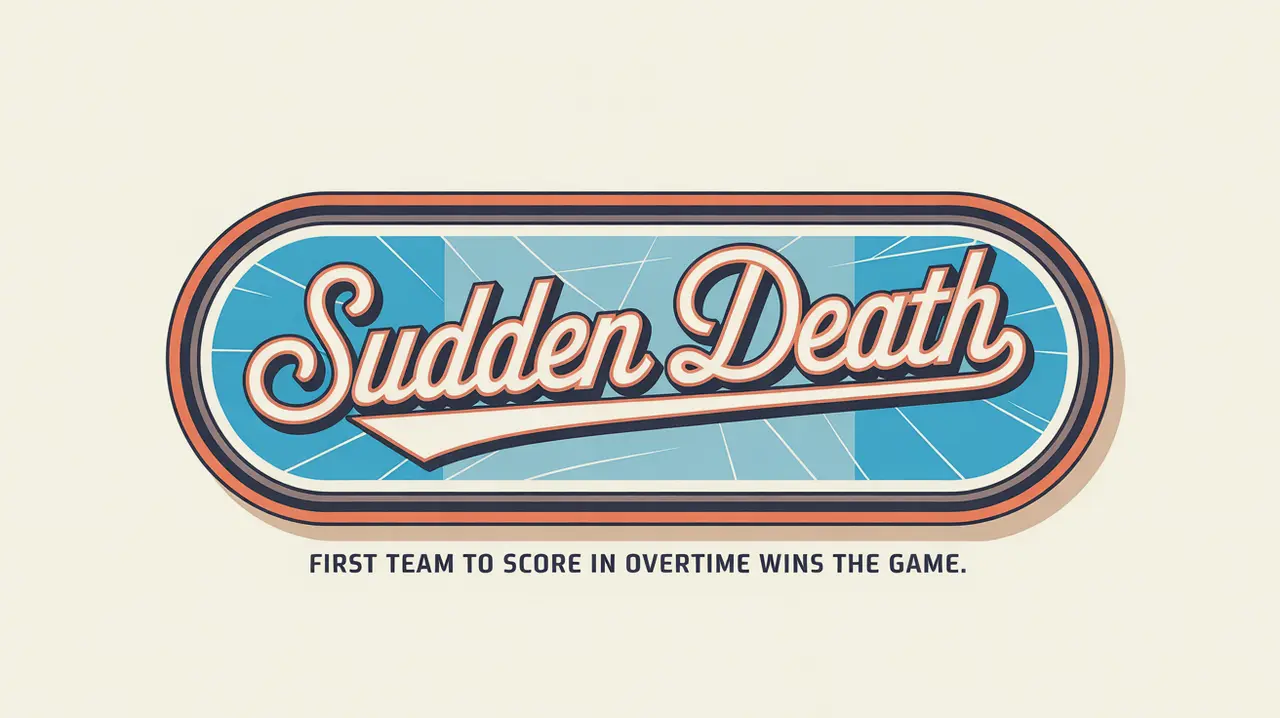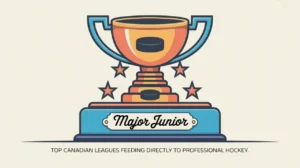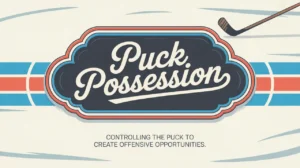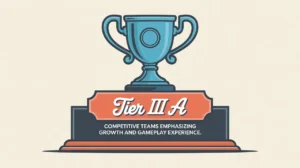Jim’s Intro to Sudden Death
Hi folks, Jim here, the only commentator who always used to cry during sudden death.
What is sudden death?
Sudden death is the overtime format where the first team to score wins the game immediately. There’s no playing out the clock, no aggregate scoring, and no second chances within the period. One shot, one goal, and it’s over. This structure heightens the drama and demands precision under pressure.
How does it work?
Sudden death applies to most overtime formats:
- Immediate End: As soon as a goal is scored, the game ends, and the scoring team wins.
- Applies Across Levels: Sudden death is used in regular season overtime, playoff overtime, and extra periods at many levels.
- Different Formats: The number of players (3-on-3 or 5-on-5) and length of overtime may change by league, but sudden death remains constant.
- Multiple OT Periods: In playoff or tournament play, sudden death periods repeat until someone scores.
- Pressure Amplified: Every shift, pass, and mistake carries the weight of the game.
How do you make good decisions with it?
- Value Possession: In sudden death, losing the puck can end the game on the next rush.
- Stay Patient: Don’t force plays just because the stakes are high.
- Communicate Constantly: One missed assignment leads to a game-winner.
- Line Changes Matter: Poor changes in sudden death are often fatal.
- Play Situational Hockey: Recognize when to push and when to regroup.
How do you master it?
Mastering sudden death is about discipline and focus under pressure. Teams practice overtime situations, emphasizing smart puck management, quick transitions, and controlled aggression. Players train themselves to stay composed when every decision could decide the outcome.
What does it look like when done right?
When sudden death hockey is executed well, it looks calm but lethal. Teams hold possession, probe for weaknesses, and strike decisively when the opportunity comes. The winning goal often feels inevitable because the build-up is so controlled.
Commentator’s Corner
Jim’s Take
Sudden death is where heroes are made and heart rates spike. One wrong move and the lights go out.
Parent Tip
Help young players understand that sudden death is about poise. It’s not about panic, it’s about precision.
Player Tip
Slow your mind, trust your instincts, and value every touch. The game can end in an instant.
A Final Thought
Sudden death is hockey distilled to its purest form: one goal decides everything. The teams that thrive are the ones that keep their heads clear while the pressure rises.









